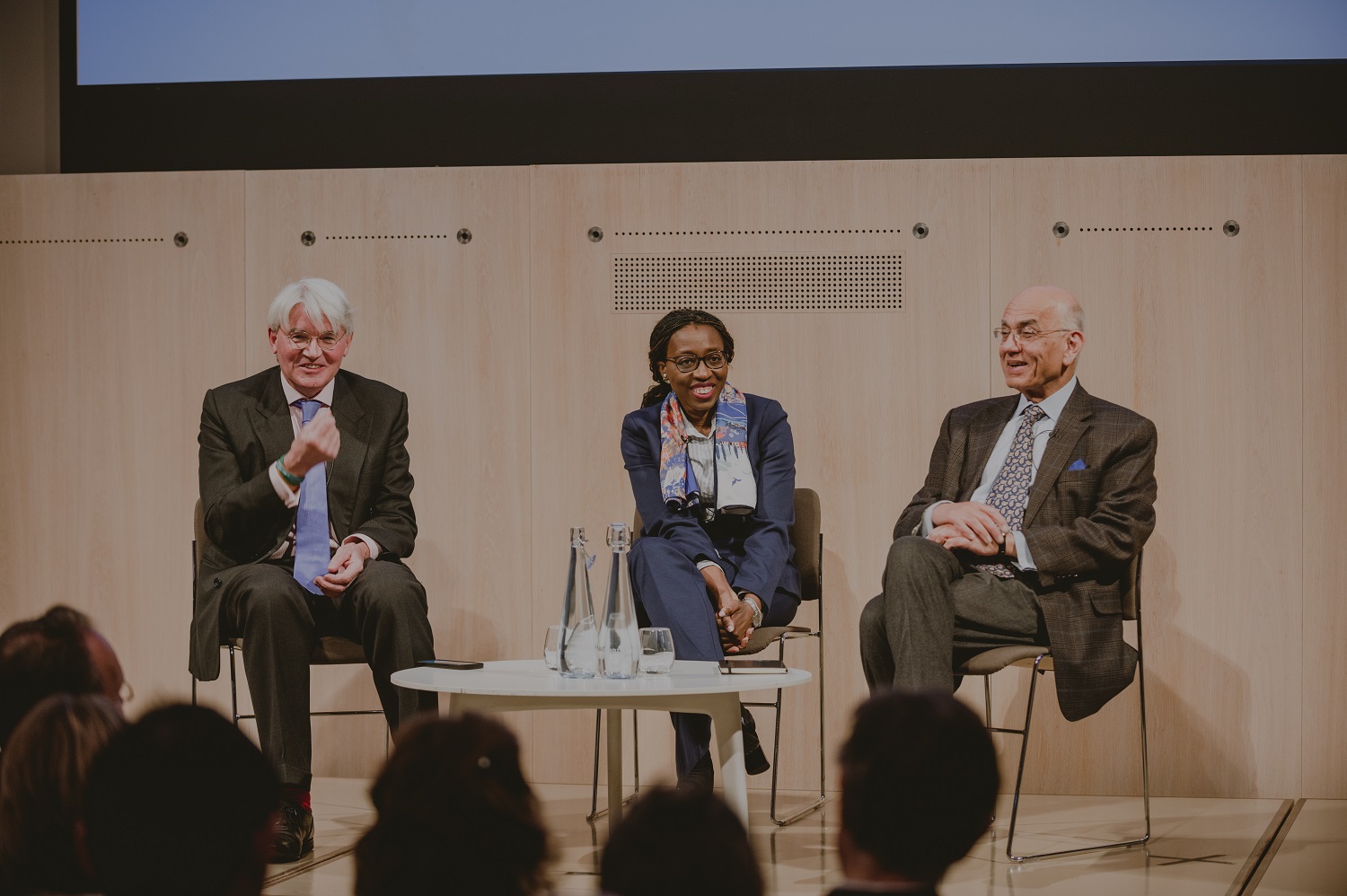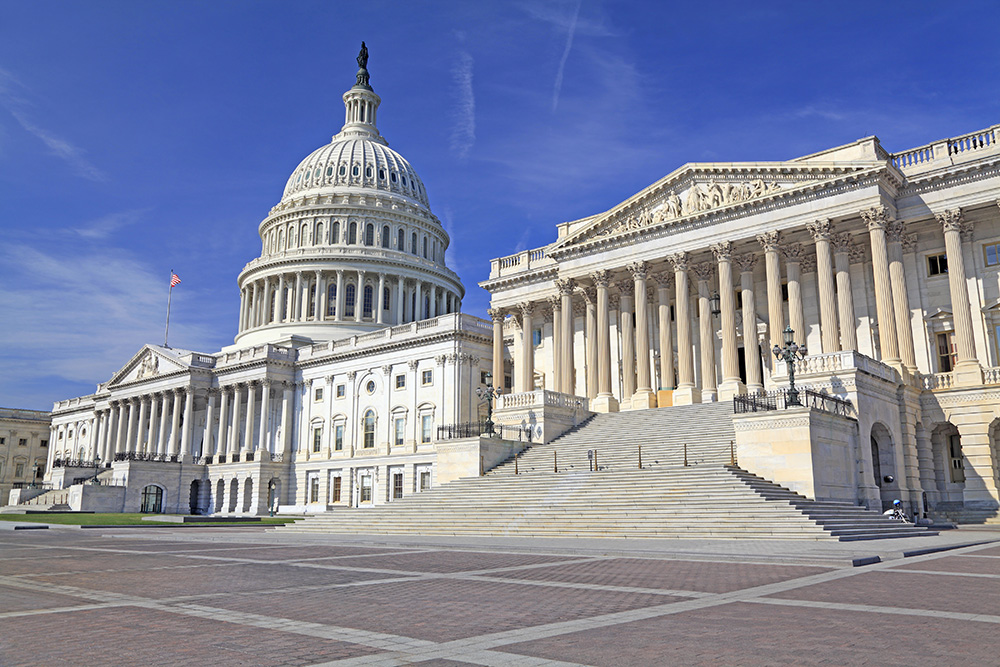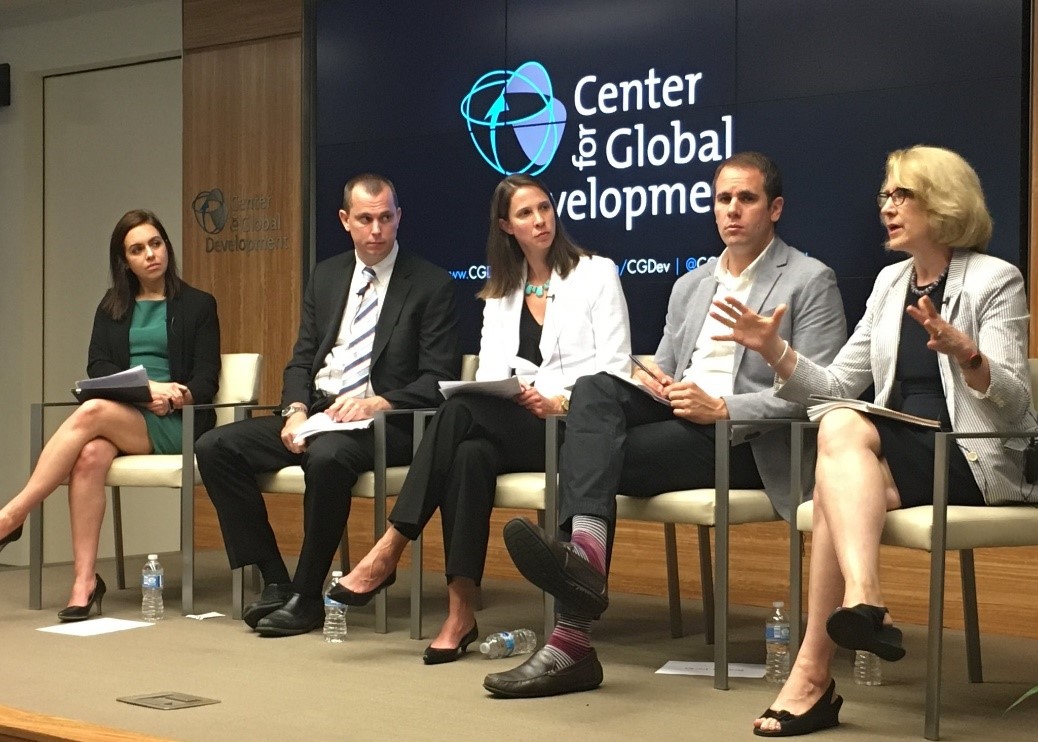Since his first day on the job two months ago, Mark Green has emphasized his commitment to improving the efficiency and effectiveness of USAID. In charting the agency’s path toward these goals, he will weigh a variety of reform and redesign proposals and gather input from a wide range of stakeholders. Regardless of what the final reform plan looks like, if Administrator Green is serious about enhancing USAID’s efficiency and effectiveness, one of his priority areas should be improving how the agency uses evidence to inform its policies and programming. In the absence of attention to learning more about what works and applying these lessons to the agency’s work, the effectiveness of any reform or redesign effort will ultimately fall short of its potential.
The upcoming USAID-led Evidence Day on September 28 at the Ronald Reagan Building (part of Global Innovation Week) provides a perfect opportunity for Administrator Green to spell out his plans to prioritize the role of evidence at USAID. In a new CGD Note, Advancing the Evidence Agenda at USAID, Amanda Glassman and I offer some suggestions. After characterizing the constraints the agency faces to better generation and use of evidence, we propose eight recommendations to address them. In particular, we urge USAID to:
-
Elevate and consolidate the evidence agenda with the establishment of a new unit: Evidence, Evaluation, and Learning (EEL)
-
Create incentives for improved evaluation quality through a public scoring system
-
Focus on synthesizing data for greater accessibility and use
-
Streamline reporting requirements to allow greater focus on more useful evidence
-
Evaluate staff performance on evidence use
-
Adjust staffing choices and opportunities to better emphasize skills in evaluation
-
Bake evidence-based programming into the procurement process
-
Continue to support and invest in external organizations’ contributions to learning
As Administrator Green starts his term, he should consider how he wants USAID’s results characterized at the end of his tenure. Will he point to numbers of people trained, or amounts of products purchased? Or will he be able to describe the attributable difference that USAID made to the people the agency is committed to help? With a renewed commitment to evidence, evaluation, and learning at the highest levels, he can edge the agency toward the latter, far more compelling narrative.
CGD blog posts reflect the views of the authors, drawing on prior research and experience in their areas of expertise.
CGD is a nonpartisan, independent organization and does not take institutional positions.





